About Onji Jinja
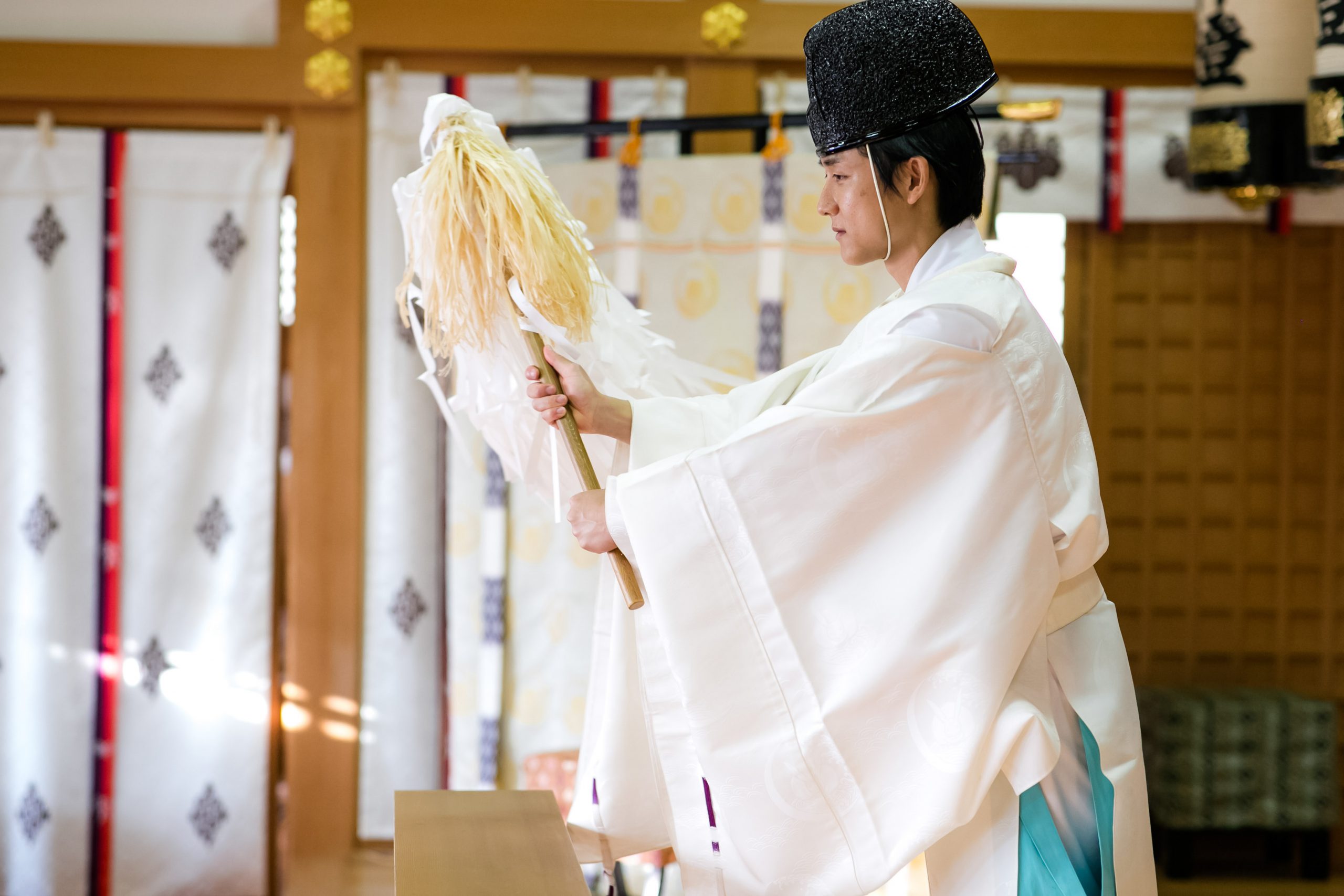
- HOME
- About Onji Jinja
History
It is said that the shrine was founded in the Yuryaku era (around 470) of the Yamato period. It is one of the oldest shrines in Japan, enshrined for the protection of the Kawachi region.This Jinja is one of Myojin-Taisha in the Engishiki.
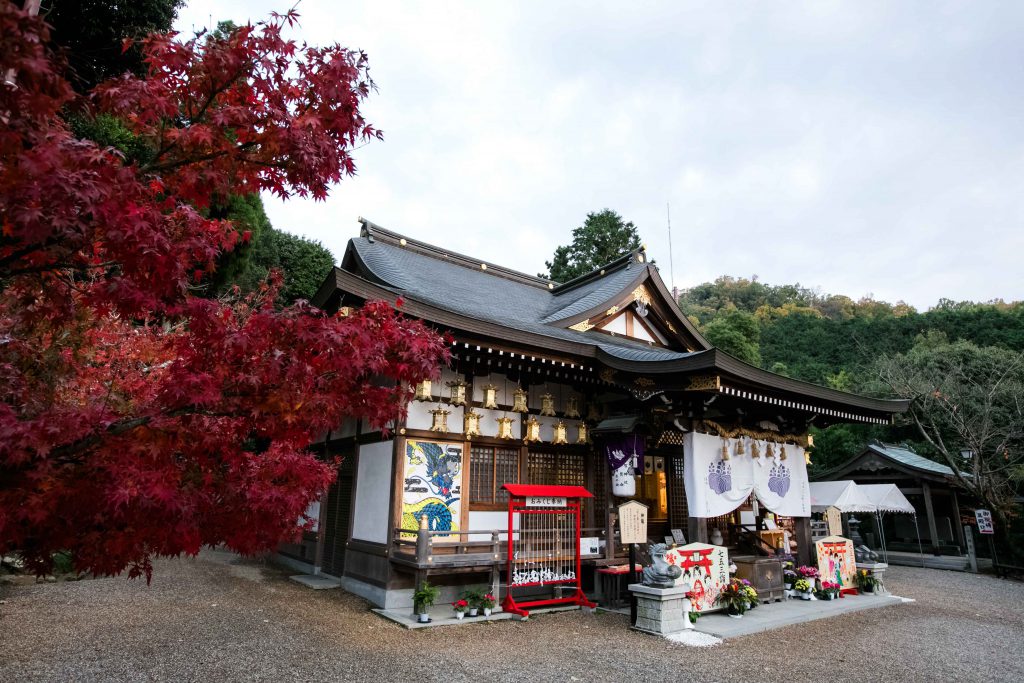
「恩智神社圭田八十三束三字田所祭手力雄神也雄略天皇三年奉ニ圭田一行ニ神事一云々」
と記されています。( 総国風土記 )
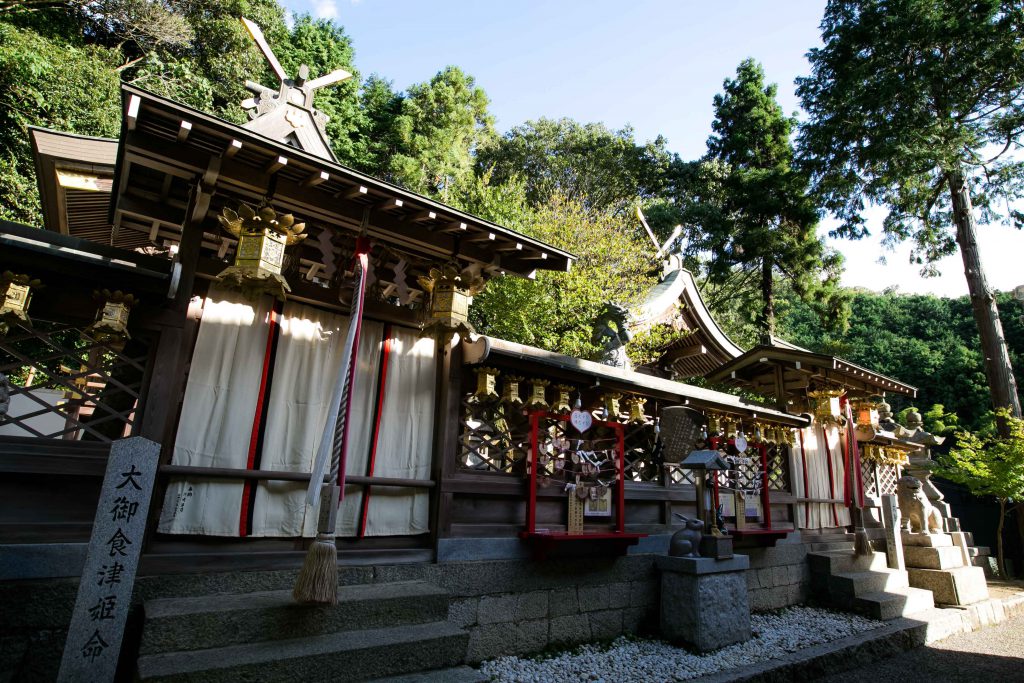
After this Jinja was rebuilt by the Fujiwara clan in the Nara period (around 760), the ancestral kami of the Fujiwara clan, Amenokoyane-Mikoto, was transferred from the present Katori Jingu in Hitachi Province, and the Jinja was built as a Subsidiary Jinja. Later, in around 770, the kami was enshrined in Nara (Kasuga Taisha) via Hiraoka (Hiraoka Jinja). This is the reason why this Jinja is called Moto-Kasuga. Also, when Jingu Kougou went to the continent to fight, the kami of this jinja, together with the kami of Sumiyoshi Taisha, protected the safety of the land and sea routes, and acted as her spearhead or rear guard. Since then, this Jinja has been highly revered by the Imperial Court, and the Tennou has visited here on numerous occasions to pray.
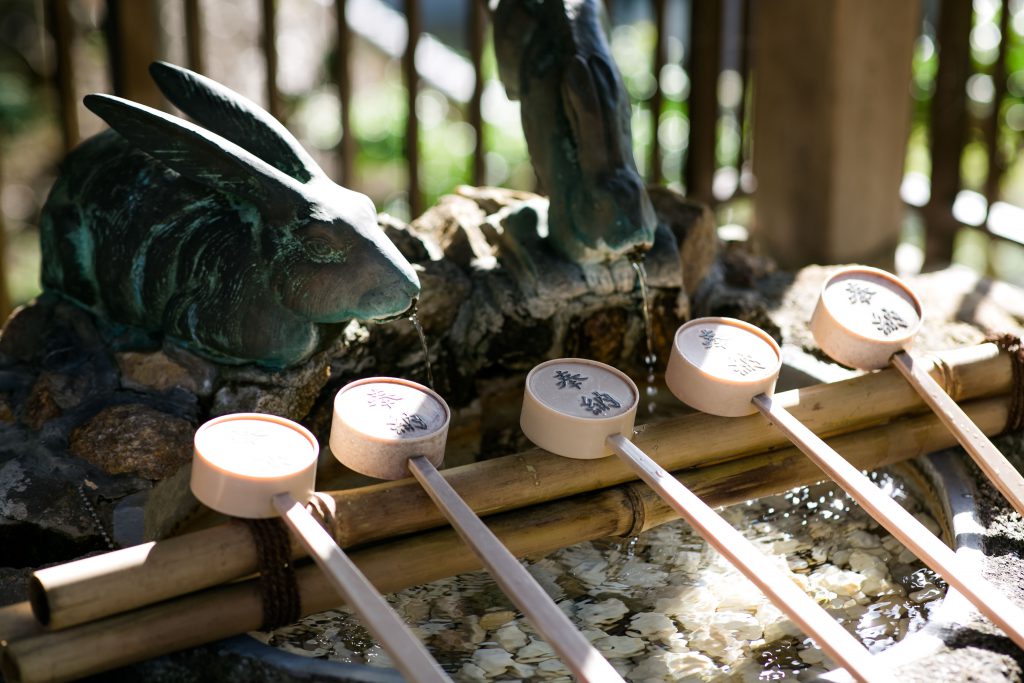
In April 994, Ichijo Tennou sent the Nakatomi clan as an envoy to pray for protection from plague and other misfortunes. This is said to be the beginning of the purification ritual, the summer festival, at this Jinja.
Also, this Jinja was originally built in Tennou-no-mori (Village Shrine), but about 700 years ago, when Sakon Onchi built Onchi Castle, the Jinja was moved to its current location on Onchi Mountain because it was considered impolite to have it above the Jinja.
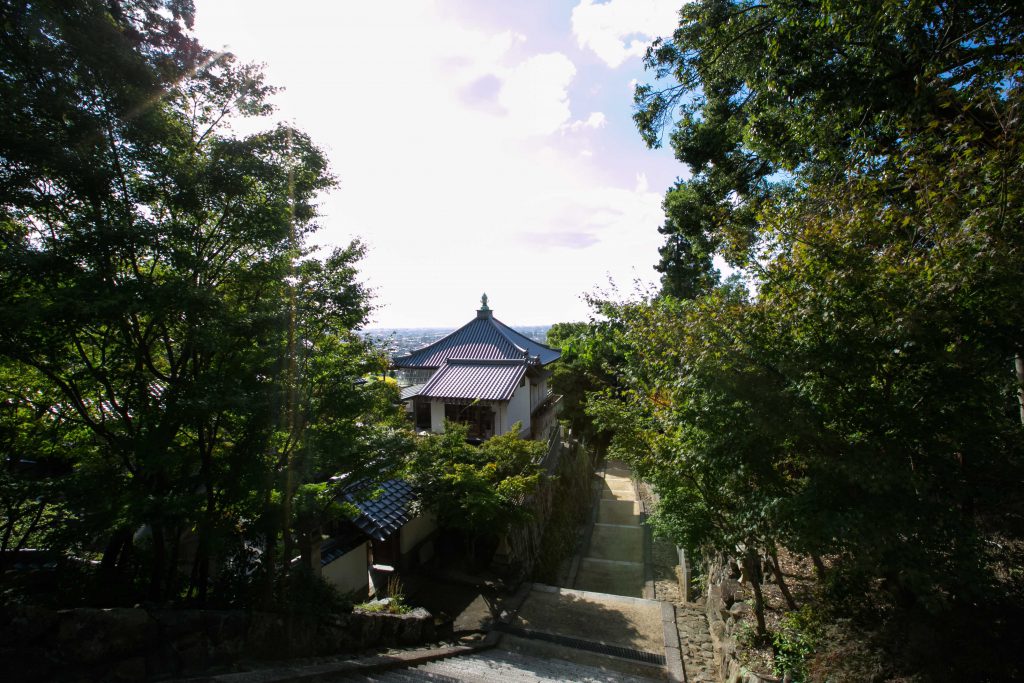
明治維新前迄は、奈良春日社の猿楽は当神社が受けもち、この猿楽座に対して、春日社より 米七石五斗と金若干が奉納されていました。
社殿は、当初天王森(現頓宮)に建立されていましたが建武年間に恩地左近公恩智城築城の折、社殿より上方にあるのは不敬として
現在の地恩智山上に奉遷され、現在に至っています。
本殿の建築様式は、王子造り(流れ造りの一種)で極めて珍しい貴重な建築様式であります。
拝殿は、多くの人たちの熱い願い(浄財)で平成12年流造千鳥破風の社殿が建てられまし た。

